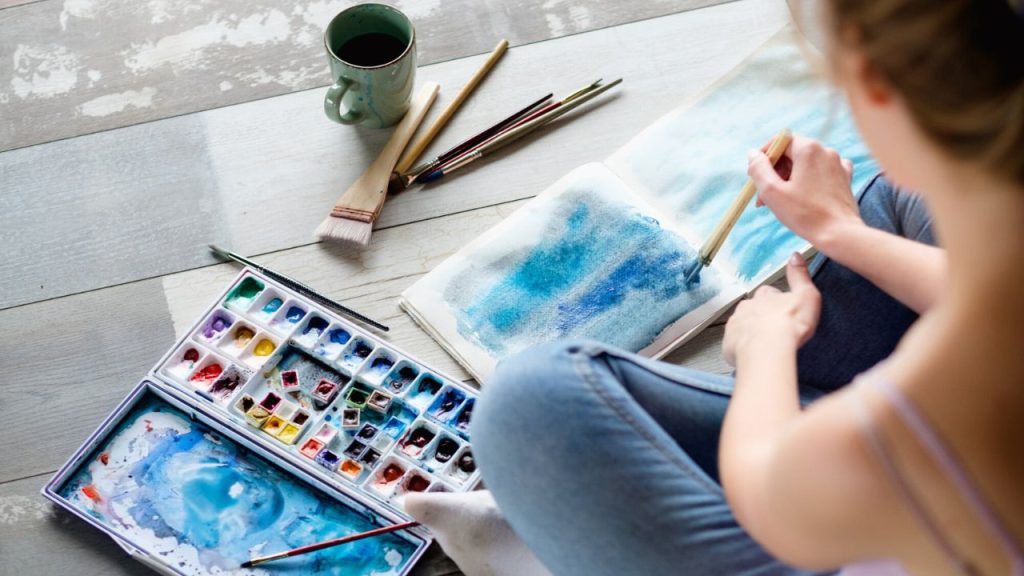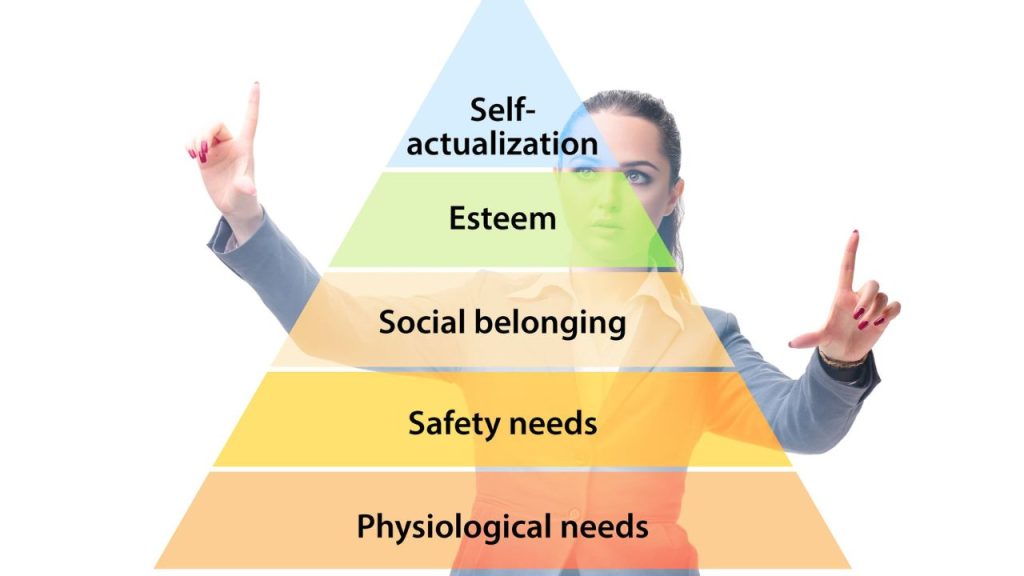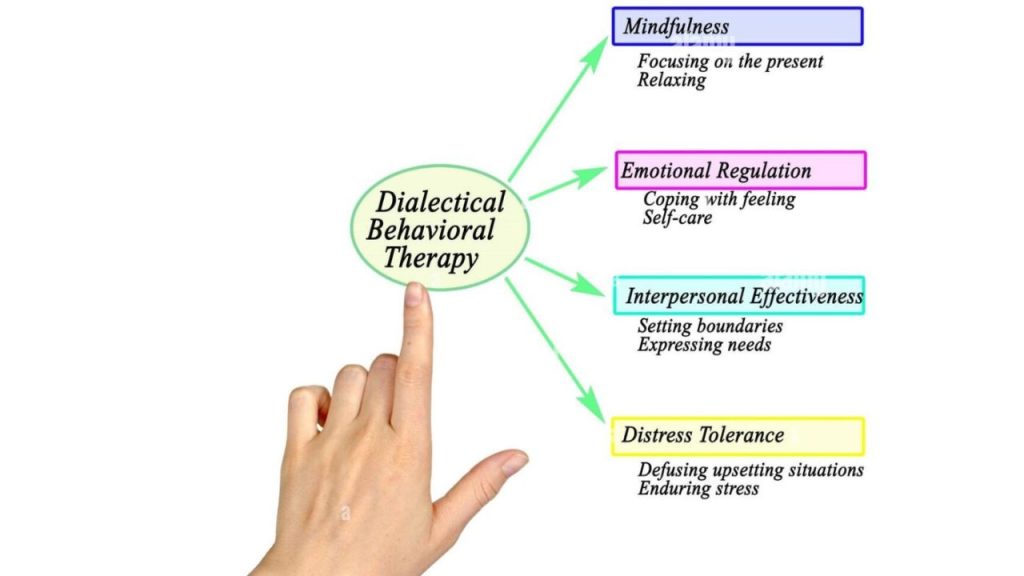The Benefits of Art Therapy
Art therapy is a powerful, evidence-based approach to healing that integrates the creative process of artmaking with therapeutic principles. It provides a non-verbal medium for self-expression and exploration, offering significant emotional, mental, and physical benefits. Whether you’re dealing with stress, trauma, or chronic health conditions, art therapy can serve as a valuable tool for self-discovery and recovery.
-
Enhancing Emotional Well-being
Art therapy allows individuals to express emotions that might be difficult to articulate in words. This can be especially helpful for people struggling with anxiety, depression, or trauma. Engaging in creative activities like painting, drawing, or sculpting can serve as a cathartic release, enabling participants to process feelings and gain insight into their emotional states.
By creating art, individuals often experience a sense of accomplishment and pride, boosting their self-esteem and fostering a more positive outlook on life.

-
Reducing Stress and Anxiety
Creating art has a meditative quality, helping to calm the mind and body. Focusing on a creative task can redirect attention from negative thoughts and reduce physiological symptoms of stress, such as elevated heart rate and muscle tension. Activities like coloring or knitting, for example, have been shown to lower cortisol levels, the hormone associated with stress.
-
Improving Cognitive and Motor Skills
Art therapy supports cognitive development by stimulating the brain in unique ways. For individuals recovering from neurological conditions like strokes or traumatic brain injuries, art therapy can enhance fine motor skills, improve memory, and strengthen problem-solving abilities. Engaging in the creative process activates both the right and left hemispheres of the brain, promoting neuroplasticity.
-
Aiding in Trauma Recovery
For individuals who have experienced trauma, traditional talk therapy may feel overwhelming or insufficient. Art therapy offers a safe, non-verbal avenue to explore and process difficult experiences. By externalizing trauma through art, individuals can gain a sense of control and begin to reframe their experiences in a healthier way.
-
Building Social Connections
Participating in group art therapy sessions fosters a sense of community and connection. Sharing creative experiences with others can reduce feelings of isolation and loneliness, which are common among individuals facing mental health challenges. The collaborative nature of group settings also promotes empathy and understanding.
-
Supporting Physical Health
Art therapy has physical benefits as well, particularly for individuals managing chronic illness or pain. Engaging in creative activities can distract from physical discomfort, lower blood pressure, and improve overall quality of life. Additionally, the relaxation achieved through artmaking can support better sleep and boost the immune system.
-
Encouraging Personal Growth
Art therapy is not only about addressing challenges but also about personal growth and self-discovery. It provides a unique platform for exploring identity, uncovering hidden strengths, and envisioning the future. The process of creating can help individuals clarify their values, set goals, and cultivate a deeper understanding of themselves.
Who Can Benefit from Art Therapy?
Art therapy is suitable for people of all ages and backgrounds. It can be particularly beneficial for:
Children and adolescents coping with emotional or behavioral issues.
Adults dealing with mental health conditions such as anxiety, depression, or PTSD.
Individuals recovering from physical illness or injury.
Older adults experiencing cognitive decline or isolation.
No artistic skill is required to participate in art therapy. The emphasis is on the process rather than the end product, making it accessible to everyone.
Art therapy is a transformative practice that harnesses the healing power of creativity. It provides a unique, multidimensional approach to health and well-being, addressing emotional, cognitive, and physical needs. Whether used as a standalone treatment or in conjunction with other therapeutic methods, art therapy offers a path to healing, growth, and self-expression that words alone cannot achieve.
Now here we explore some of the most common types of therapy and their benefits.
-
Psychodynamic Therapy
Rooted in Freudian psychology, psychodynamic therapy delves into unconscious processes and unresolved conflicts from the past.
Best for: Long-term issues like depression, anxiety, and relationship problems.
Key techniques: Free association, dream analysis, and exploring past relationships.
How it works: By gaining insight into underlying emotional struggles, clients can achieve greater self-awareness and change patterns of behavior.
-
Humanistic Therapy
This approach emphasizes personal growth, self-acceptance, and achieving one’s full potential.
Best for: Low self-esteem, personal development, and existential crises.
Key techniques: Client-centered therapy, Gestalt therapy, and focusing on the “here and now.”
How it works: Therapists create a non-judgmental, empathetic environment to empower clients to explore and solve their problems.

-
Dialectical Behavior Therapy (DBT)
DBT, a variation of CBT, is specifically designed to help individuals with intense emotional experiences.
Best for: borderline personality disorder, self-harm, and chronic suicidal ideation.
Key techniques: Emotion regulation, distress tolerance, interpersonal effectiveness, and mindfulness.
How it works: Clients learn to manage overwhelming emotions and improve their relationships through structured sessions and skill-building exercises. Click here

-
Family Therapy
This form of therapy addresses relational issues within families.
Best for: Family conflicts, parenting challenges, and coping with trauma or major life changes.
Key techniques: Systemic therapy, narrative therapy, and communication exercises.
How it works: By examining dynamics and improving communication, families can create healthier relationships.
-
Group Therapy
In group therapy, individuals with similar issues come together to share experiences and support one another.
Best for: Addiction, grief, and social anxiety.
Key techniques: Peer feedback, role-playing, and facilitated discussions.
How it works: The group dynamic fosters connection, understanding, and mutual encouragement.
-
Exposure Therapy
A form of CBT, exposure therapy is designed to help clients confront and overcome specific fears or traumatic memories.
Best for: Phobias, PTSD, and obsessive-compulsive disorder (OCD).
Key techniques: Gradual exposure, flooding, and virtual reality therapy.
How it works: By safely confronting fears in a controlled setting, clients reduce their anxiety over time.
- Somatic Therapy
Somatic therapy focuses on the connection between the body and mind, addressing how trauma is stored physically.
Best for: Trauma, chronic pain, and stress-related disorders.
Key techniques: Body awareness, breathwork, and movement exercises.
How it works: Clients release stored tension and develop greater awareness of how emotions affect their bodies.

-
Eye Movement Desensitization and Reprocessing (EMDR)
EMDR is a structured therapy that helps individuals process and recover from traumatic events.
Best for: PTSD and trauma-related disorders.
Key techniques: Bilateral stimulation, such as guided eye movements, while recalling traumatic memories.
How it works: The process allows the brain to reprocess traumatic memories, reducing their emotional impact.
Choosing the Right Therapy
Selecting the right therapy depends on your goals, challenges, and personal preferences. Some people may benefit from a combination of approaches, while others might find success in a single method. It’s important to consult with a qualified therapist who can guide you toward the most suitable options for your needs. Click here
Final Word:
Therapy is a journey, not a quick fix, but with the right approach, it can lead to profound personal growth and healing.

